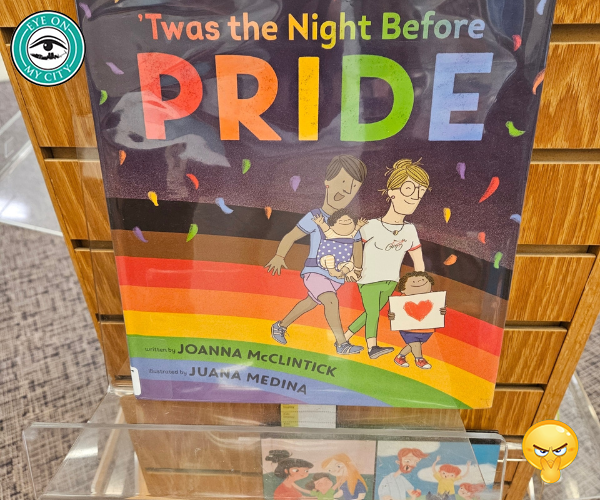
Downtown “revitalization” has been a topic in City Hall for as long as I can remember.
In the 1940s, Mayor Haydon Burns led an effort to clean up the city, especially the waterfront, where aged and unsightly docks ruined the view of the magnificent river.
Burns parlayed that into “The Jacksonville Story,” which earned him notice and probably helped him become governor in 1964.
Yet, in 1974 civic leaders still considered downtown redevelopment to be the top priority politicians needed to address.
Nothing much has changed – although downtown bears little resemblance to downtown of 50 years ago.
The Daily Record’s Editor Karen Brune Mathis has an interesting story on a recent public discussion of this topic. She said the four people involved in The Society for Marketing Professional Services North Florida group discussion believe “downtown needs investment, focus and a community look at a new convention center.”
The participants were Aundra Wallace, president of JAXUSA Partnership, and panelists Michael Corrigan of Visit Jacksonville, developer Elias Hionides and investor Eugene Profit.
All spoke about the local government’s incentives as being an important part of the effort.
But no one mentioned the downside, and potential problems.
Giving businesses money to build or expand their business makes a lot of people uncomfortable. No matter how well it is handled, it smacks of political payoffs.
The argument goes that development wouldn’t happen without incentives. But it does.
Also, those who don’t get incentives and compete against those who do clearly are at a disadvantage.
Another problem is that the money being handed out often is federal money, and no one seems to worry much about federal money being tossed away, which is one reason we have a $21 trillion national debt.
But an even deeper problem is the whole idea of a “downtown.”
In 1951, when Jacksonville held a parade through downtown to celebrate “Fifty Years of Progress” since the fire of 1901 that burned down most of downtown, downtown was where the city’s residents went for shopping, dining, entertainment and to do government business.
It remains a government center, but people can conduct a lot of their business with the government from their home office. They no longer shop at Cohen Brothers or Furchgott’s, watch movies at the Florida Theatre or eat in the Seminole Hotel or Berney’s Restaurant.
People live in the suburbs. They also shop and eat there.
No one had to “revitalize” the St. Johns Town Center. It just appeared, because it offers things people want.
Since the change in living patterns, downtown has been a chicken-and-egg thing. You don’t get business without people and people won’t live downtown without businesses nearby.
Both are happening. The question is whether incentives actually are a significant factor.
Large, densely populated urban cores have not been a blessing to other cities. They are where crime and congestion occur.
Downtown has been improved by government largely by cosmetic changes such as landscaping, better roads and parking.
Rather than beating the same dead horse, perhaps politicians and civic leaders should be discussing how and why development can be enticed to come downtown without handing out gobs of Other People’s Money.
[author] [author_image timthumb=’on’]https://eyeonjacksonville.com/wp-content/uploads/2018/04/Lloyd-Brown.jpg[/author_image] [author_info]Lloyd was born in Jacksonville. Graduated from the University of North Florida. He spent nearly 50 years of his life in the newspaper business …beginning as a copy boy and retiring as editorial page editor for Florida Times Union. He has also been published in a number of national newspapers and magazines, as well as Internet sites. Married with children. Military Vet. Retired. Man of few words but the words are researched well, deeply considered and thoughtfully written.[/author_info] [/author]





